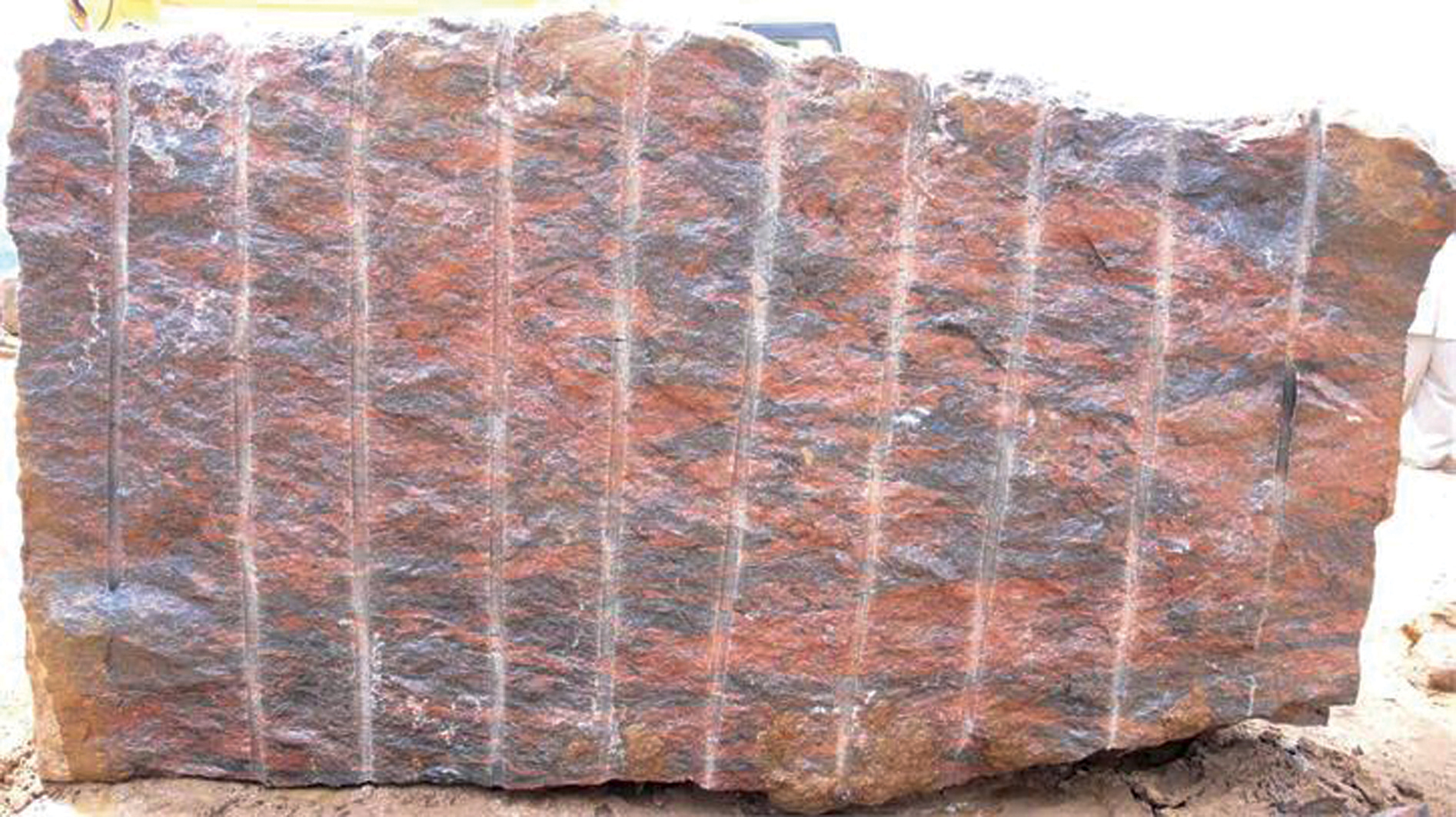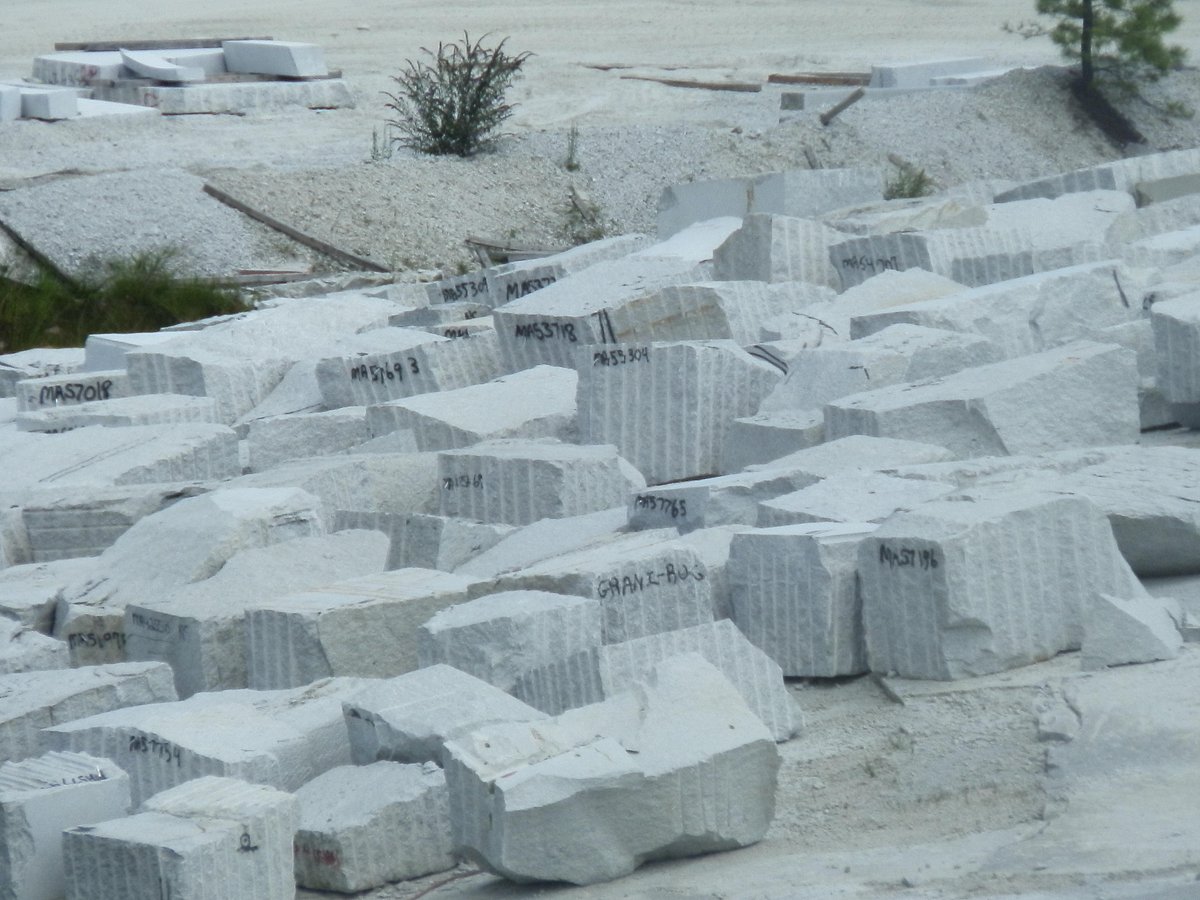Uncovering the Beauty of Granite Quarry in South Africa Wonders
Uncovering the Beauty of Granite Quarry in South Africa Wonders
Blog Article
Unearthing the Rich History and Sustainable Practices of Granite Quarrying
As we stand on the precipice of discovering the complex tapestry of granite quarrying, a trip with time reveals not just the physical act of extracting rock however additionally the social and historic relevance woven right into the extremely material of this method. From the ancient beginnings that laid the structure for contemporary quarrying techniques to the sustainable techniques that are forming the future of this sector, each sculpt mark on granite surfaces narrates waiting to be uncovered (granite quarries in south africa). The legacy of granite quarrying extends much past plain extraction; it is a testament to human resourcefulness, resilience, and the enduring appeal of this stunning rock
Old Origins of Granite Quarrying
Dating back to ancient worlds, the practice of quarrying granite has actually been an important component of human history and architectural advancement. The earliest evidence of granite quarrying dates back to old Egypt, where massive pyramids and detailed sculptures were crafted from this durable stone. The Egyptians used primitive tools to extract granite blocks from quarries, showcasing the importance of this product in their huge building and constructions.
Relocating onward in history, the Greeks also made substantial contributions to the quarrying of granite. The Greeks made use of granite in numerous building wonders, such as holy places and sculptures, showing their ability in shaping and carving this hardy stone. The Romans even more refined the techniques of quarrying granite, utilizing advanced tools like chisels and hammers to essence and form granite for their legendary frameworks.
Via the centuries, the method of quarrying granite has actually evolved, with contemporary innovations improving performance while keeping the classic charm of this natural stone - granite quarries in south africa. From old people to modern building contractors, the legacy of granite quarrying continues to shape our world
Advancement of Quarrying Methods
The advancement of quarrying strategies has actually been marked by a continuous development in the direction of better performance and precision in removing granite. From the fundamental methods used by our forefathers to the advanced innovations utilized in modern-day quarrying procedures, the sector has undergone substantial developments. Early quarrying strategies involved manual work with standard tools such as blades, hammers, and wedges to draw out granite blocks from the earth. As human beings progressed, techniques like fire-setting and primitive explosives were presented to promote the extraction process.
Improvements in computer-controlled devices and 3D modeling have maximized quarrying operations, leading to marginal ecological influence and boosted sustainability practices. As the demand for granite proceeds to climb, the development of quarrying techniques stays essential to meeting market needs efficiently and sustainably.
Cultural Value of Granite
Granite holds a profound social importance across various human beings because of its enduring visibility in architectural work of arts and prized monoliths. From the impressive pyramids of Egypt to the intricate makings of the Angkor Wat temple in Cambodia, granite has been a material of choice for expressing grandeur and long life in social heritage. In old Rome, granite columns adorned temples from this source and public buildings, signifying strength and durability. The social relevance of granite extends past its physical qualities; it personifies strength, stability, and eternity, making it a symbol of enduring legacies and traditions.

Lasting Practices in Quarrying
Amidst the abundant history of granite quarrying and its cultural relevance lies a growing emphasis on sustainable methods within the sector. As ecological recognition and problems concerning source exhaustion have heightened internationally, the quarrying field has progressively accepted sustainable techniques to reduce its impact on the atmosphere and bordering neighborhoods.

Additionally, improvement and rehabilitation of quarry websites post-extraction are indispensable to lasting practices. By recovering quarried locations to a natural or helpful state, such as creating wildlife environments or entertainment rooms, quarriers can counter the ecological impact of their operations and contribute favorably to the regional community.
Legacy of Granite Quarrying
With a historic background steeped in workmanship and commercial progress, what withstanding impact has granite quarrying left on the landscape of contemporary culture? The tradition of granite quarrying transcends plain extraction techniques; it has actually shaped architectural wonders, metropolitan see here now landscapes, and cultural heritage worldwide. The long lasting nature of granite has made it a preferred choice for monoliths, structures, and infrastructure, standing as a testament to the ability and virtuosity of quarry employees across generations.
Additionally, the economic impact of granite quarrying can not be neglected. The industry remains to offer employment opportunities and drive local economic situations in areas where granite removal is common. It has also stimulated technical innovations in quarrying methods and equipment, resulting in a lot more efficient and sustainable methods.
In regards to sustainability, the read more tradition of granite quarrying consists of efforts to alleviate ecological influences with reclamation jobs and responsible source monitoring. By stabilizing financial rate of interests with environmental stewardship, the market aims to ensure that future generations can proceed to take advantage of this long-lasting all-natural source.
Conclusion

Report this page